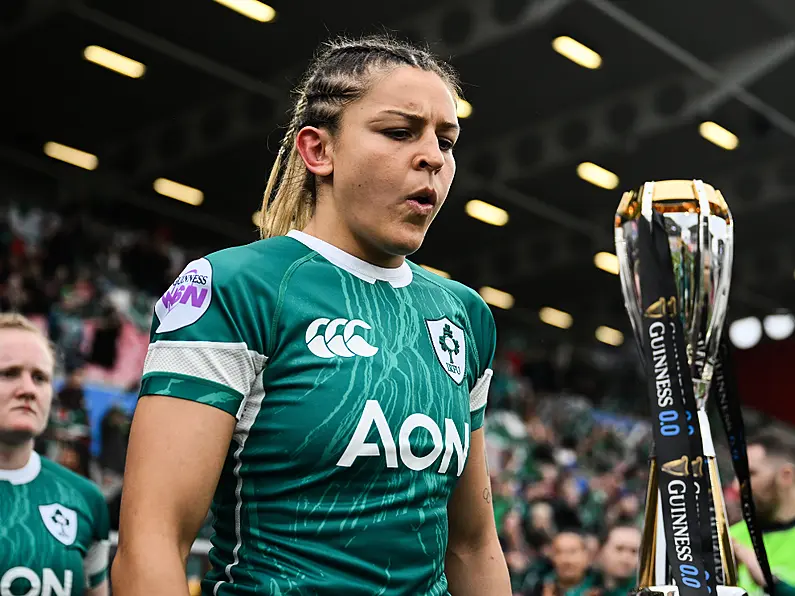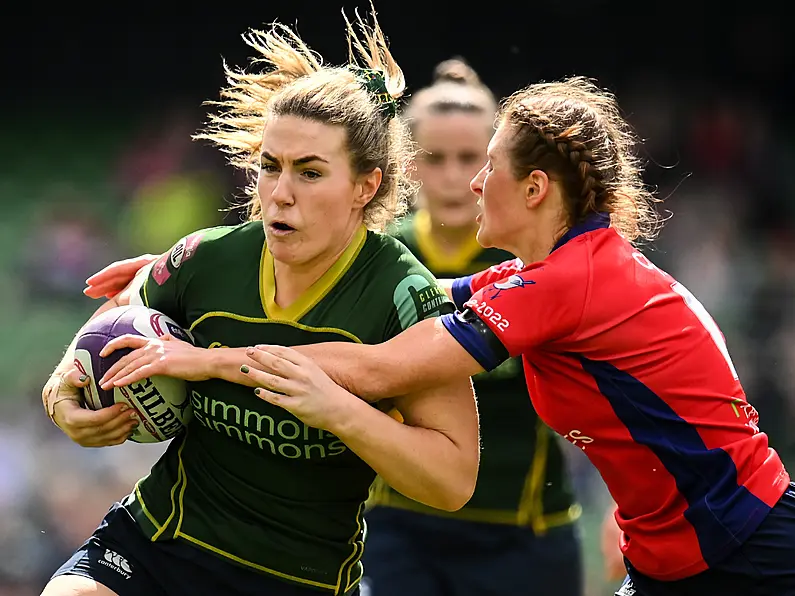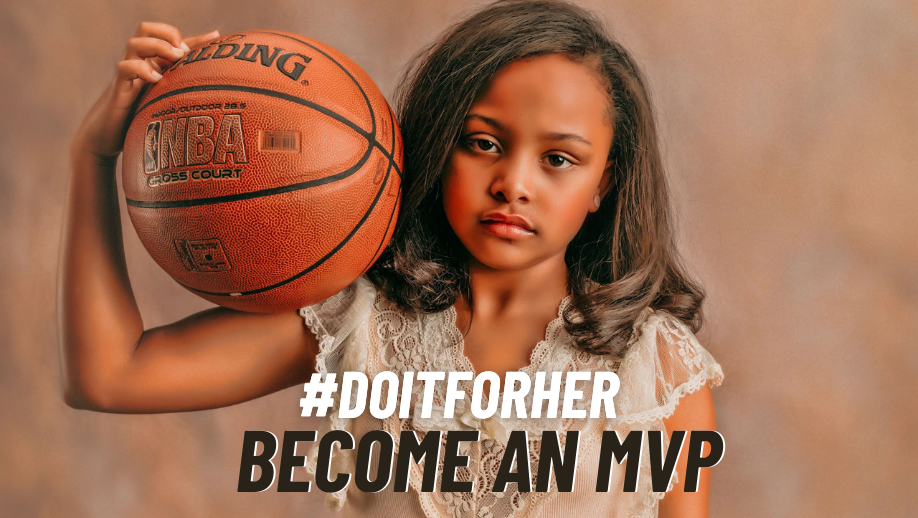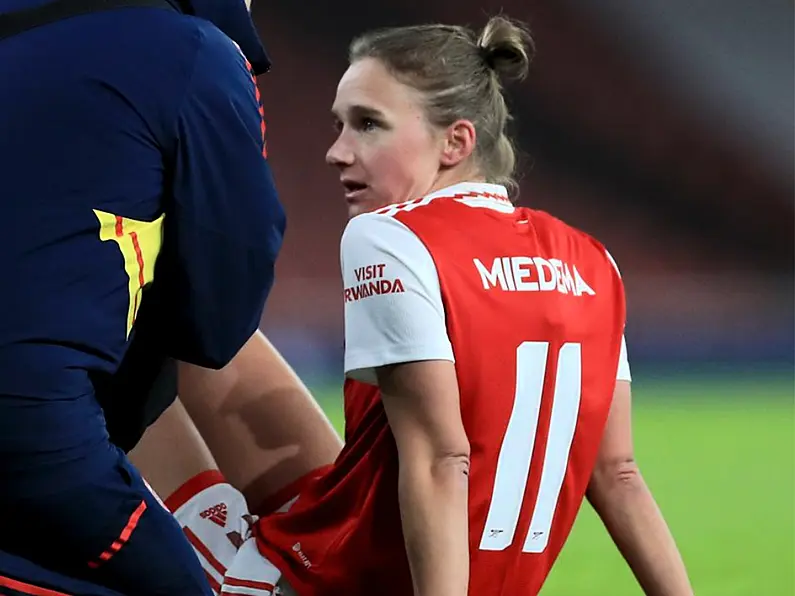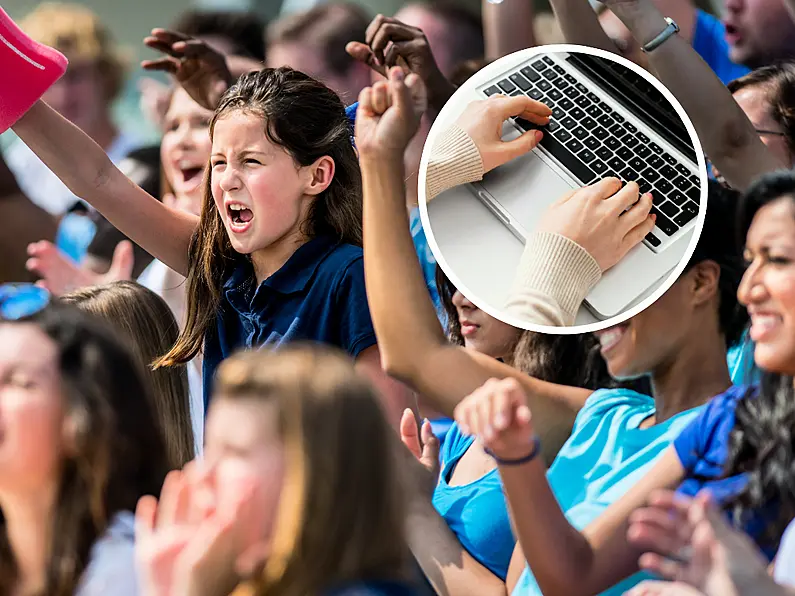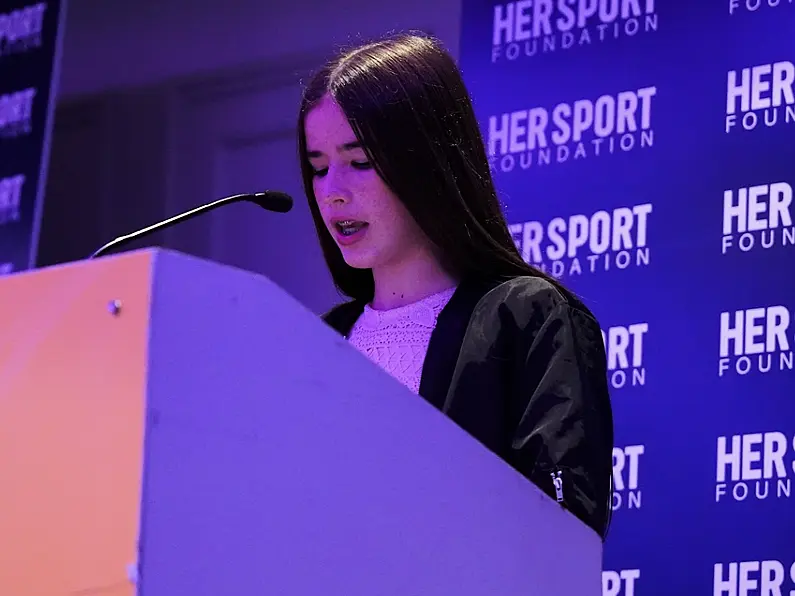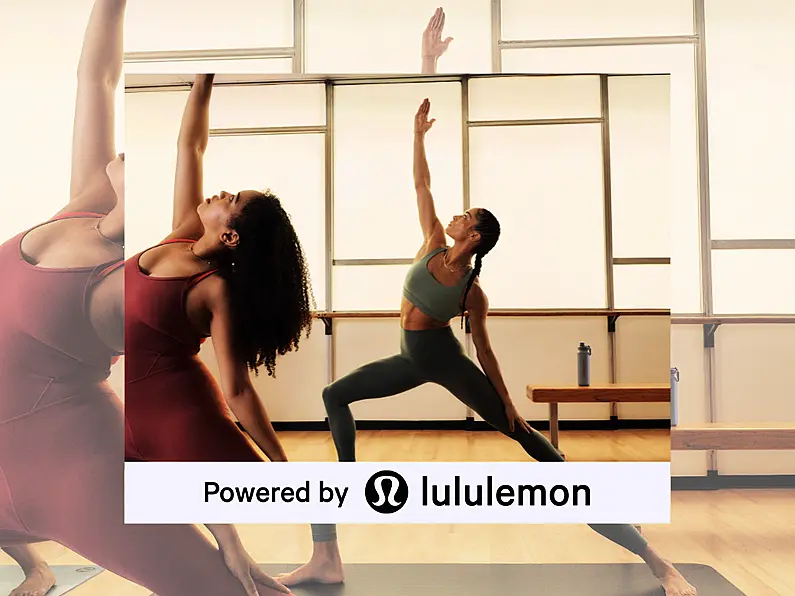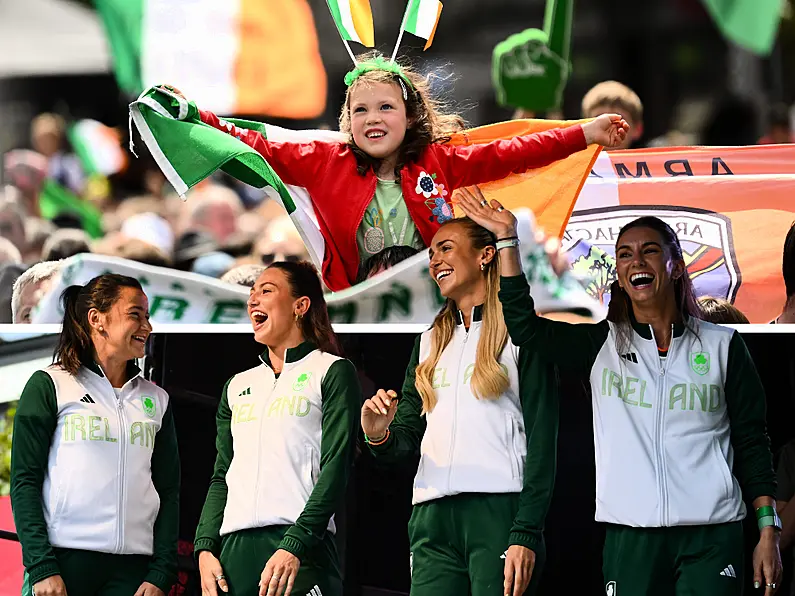University College Dublin coach and middle distance runner Emmett Dunleavy joined the Her Sport Show to discuss the amazing athletic performances from the Irish Health and Well Being Senior Track and Field Championships.
Rhasidat Adeleke secured her gold medal by just 0.01 seconds. Molly Scott came in just behind her earning silver.
Moving forward 19-year-old Adeleke is looking to race in the 400M. Dunleavy said the handful of 400M races she competed in were “bloody impressive.”
“In a general sense athletes who are taller take a little bit longer to get into their stride, so you would generally say athletes with that sort of stature would be better with the longer distances because they simply don’t have the time to get up to full speed over something like 100M,” Dunleavy said.
Dunleavy said racing conditions were not ideal due to strong headwinds. This likely prevented racers from breaking previous records.
The women’s 400M was dominated by Sophie Becker who took first and Phil Healy who took second place.
Dunleavy described the combined athletic competition as “a golden era for the 400M run.”
Phil Healy’s focus seems to have fully shifted to the 400M. Her sister, Joan Healy also took home a medal that weekend, securing third place in her 100M run.
In the 60M hurdles Sarah Lavin won gold and according to Dunleavy her times are starting to reach a point where she can challenge the records.
“The thing that was probably the biggest factor in it was the headwind again,” Dunleavy said. “And it is even more of an issue for hurdlers because they have a certain stride pattern between each hurdle and when you are in a really strong headwind as it were Friday and Saturday, it really messes up that stride pattern.”
Louise Shanahan defended her title in the 800M and clinched gold.
“Irish 800M running for women over the past couple of years has just moved to a different level,” Dunleavy said. “Where a few years ago a 2.03, 2.04 was the sort of time that would have won you the national title, 2.03, 2.04 would barely get you into a national final now the standard has gone so high.”
The women’s 5000M presented interesting results as all three women on the podium were 37 years old, and two of them are mothers.
Fionnuala McCormack came in first, 12 seconds ahead of twin sisters Ide and Sorcha Nic Dhomhnaill.
“When you look at Fionnuala first of all, she is a once in a generation kind of athlete. She has been so strong over such a long period of time. And there was an element on Saturday that when she went people probably gave her a little bit too much respect…,” Dunleavy said.
Ide had given birth to her second child just 8 months before this race. Dunleavy explained that studies have revealed there is a possible benefit to competing after having children.
“After having kids there is some evidence that suggests there is a slight hormonal benefit after having kids,” Dunleavy said.
Dunleavy also explained why there is a noticeable age gap between peak performing sprinters and distance runners.
“Sprinters being competitive into their thirties is more unusual than distance runners. And that is not just a female thing that is for men as well,” Dunleavy said. “The general peak for most sprinters is in their mid twenties. Whereas the general peak performance for most middle distance athletes, male and female, is typically in their early to mid thirties.”
In terms of athletes performing competitively either after having kids or after recovering from injuries, Dunleavy said these athletes in their thirties show people that it is possible.
“It gives people so much encouragement that it can be done,” Dunleavy said.
To watch the full exclusive interview from last week’s Her Sport Show, click the link below!




